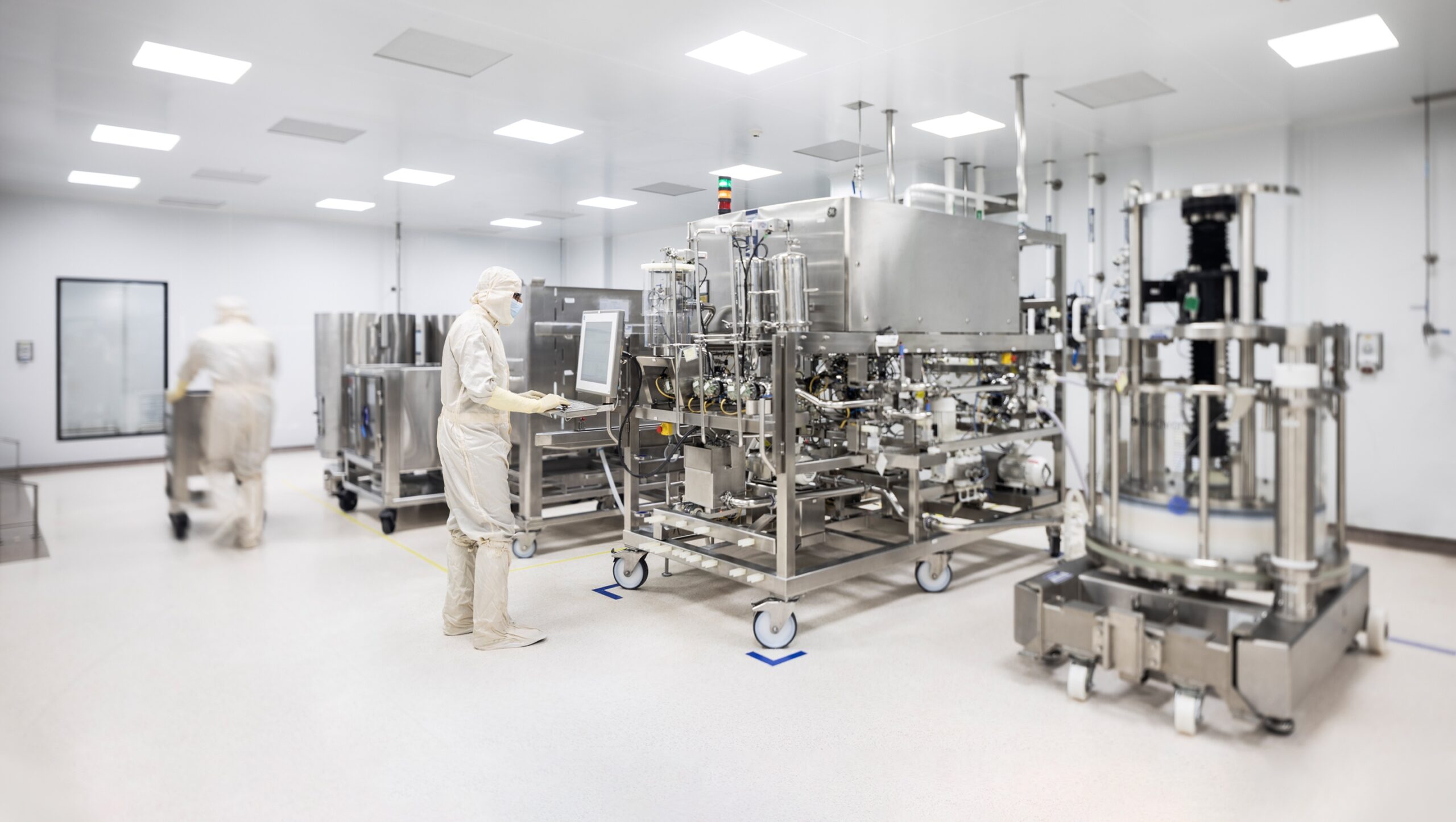Home > Newsroom > Resource Hub > Scientific Publications > Pegfilgrastim > Pegfilgrastim 5
1. Characterization and similarity assessment of a pegfilgrastim biosimilar MYL-1401H.
- Date: June 1st, 2018
- Authors: Praveen Kallamvalliillam Sankaran, Dinesh V. Palanivelu, Reshmi Nair, Preethy S.E. Nair, Harish V. Pai, Praveen Reddy Moole, Rajesh Ullanat, Parag Goyal, Daniel Ranayhossaini, Jeffrey Smith, Gopinath Ranganna
Abstract –
Background: MYL-1401H is a proposed biosimilar of pegfilgrastim (Neulasta [peg-GCSF]), a long-acting granulocyte colony-stimulating factor (GCSF) indicated for prevention of febrile neutropenia in patients receiving myelosuppressive chemotherapy
Methods: Structural and physicochemical characterization of MYL-1401H and US-licensed and EU-approved peg-GCSF (US- and EU-peg-GCSF) were performed. GCSF receptor binding was assessed by surface plasmon resonance and potency measured by in vitro stimulated proliferation in the murine myelogenous leukemia cell line M-NFS-60. In vivo rodent studies included a pharmacodynamic study (single dose up to 3 mg/kg) using a validated chemically induced neutropenic rat assay and a 28-day repeat-dose toxicology study (up to 1.5 mg/kg/day).
Results:MYL-1401H, US-, and EU-peg-GCSF demonstrated high similarity in structure, molecular mass, impurities, and functional activity. Similar GCSF receptor binding was observed for MYL-1401H, US-, and EU-peg-GCSF: mean (SD) KD, 394 (40), 380 (49), and 397 (51) pM, respectively. Equivalent relative potency was observed in in vitro cell proliferation: mean (SD), 1.05 (0.08), 1.05 (0.05), and 1.01 (0.07). Neutrophil (Table) and leucocyte counts were comparably increased in neutropenic rats. Toxicology findings and drug kinetics were comparable between MYL-1401H and EU-peg-GCSF.
Conclusions: MYL-1401H, US-, and EU-peg-GCSF demonstrated high analytical and functional similarity.

